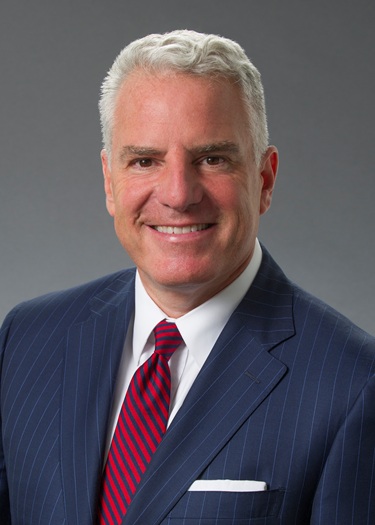Insights for Leaders
In 2020, a new acronym burst into the mainstream business lexicon: SPACs, or special purpose acquisition companies.
In the simplest sense, SPACs offer a faster, cheaper way of taking a company public. By sidestepping the expensive underwriting fees, arduous road shows, and unpredictable market pricing associated with initial public offerings (IPOs), SPACs have emerged as an attractive alternative strategy for investors and business owners alike.
Because they are essentially shell companies, SPACs go public quickly – at a set price – then usually have 24 months to merge with a target company. If all goes well, the target company goes public at a negotiated M&A-based valuation without being subjected to the more costly and time-consuming process of a traditional IPO; SPAC sponsors are well compensated for facilitating the transaction and offering operational and financing expertise to the target; and retail investors get to participate in a buyout.
SPACs – more than 300 of which were issued in 2020, up from 59 in 2019 – have become a bona fide third way, somewhere between an IPO and an M&A exit. In addition, SPACs can be an opportunity to raise capital and create liquidity for sellers – both of which contribute to what has been called the hottest asset class in American equity markets.
Business leaders of all kinds are taking note. And those who haven’t, should, says Josh DuClos, a Sidley partner based in Los Angeles. “Even if SPACs aren’t relevant to you right now, if you’re thinking about any kind of financing options or an exit of some sort, you need to know how they work,” he says. “In the same way you need to know how IPOs and buyouts work.”
DuClos observes that between a robust new pipeline of SPAC acquirers and corporate America’s growing familiarity with SPAC transactions, the next two years will likely see a significant amount of SPAC dealmaking, resulting in knock-on impacts to both the M&A and IPO markets, and creating a new stream of public companies in the process.








